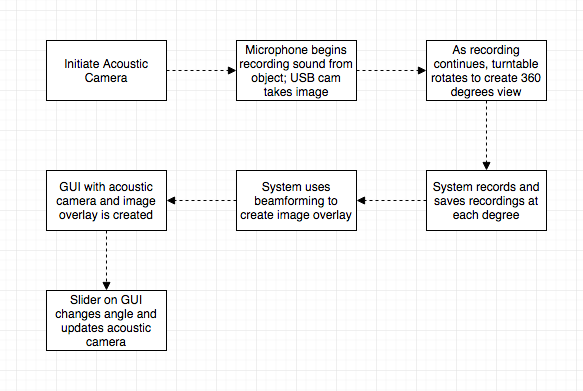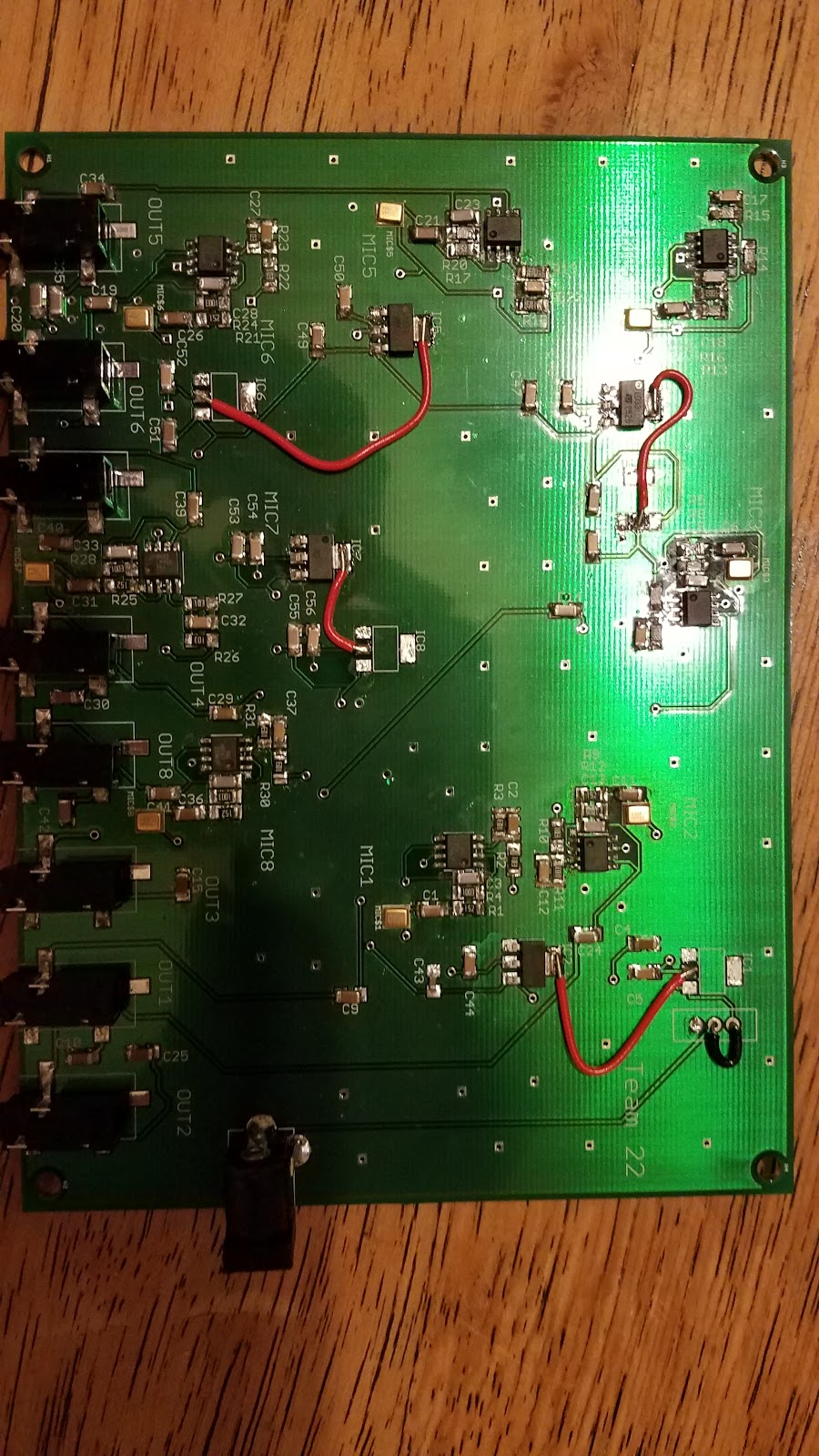Acoustic Cameras
The goal of this project is to create a camera that can be used to visualize sounds in a three dimensional space. When designing new products companies look to find ways to reduce the amount of noise the product produces. By using our tool product designers can easily isolate the source of the noise to take steps to eliminate it.





